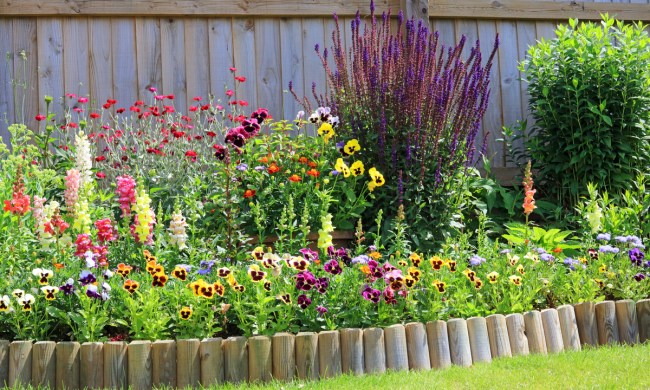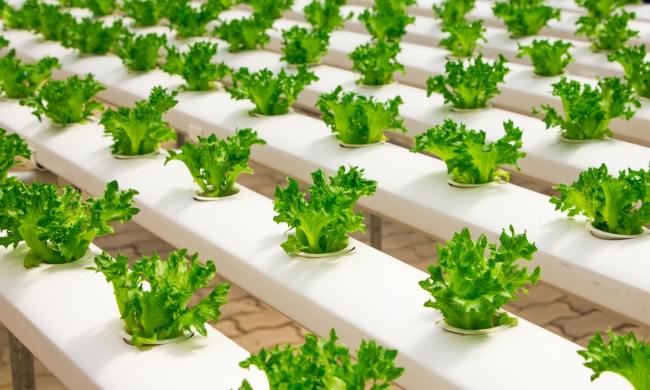One of the most important aspects of gardening is learning what plants will grow successfully in your region. Climate zones – also referred to as plant hardiness zones or growing zones – provide general guidelines to let gardeners know what plants are hardy in their area. Wondering how these climate zones are divided, why they matter, and how to use that info in your own garden? Then this is the guide for you! We’ll walk you through everything you need to know about climate zones for plants, so that you can go into the next gardening season as confident as possible.
What you need to know about climate zones
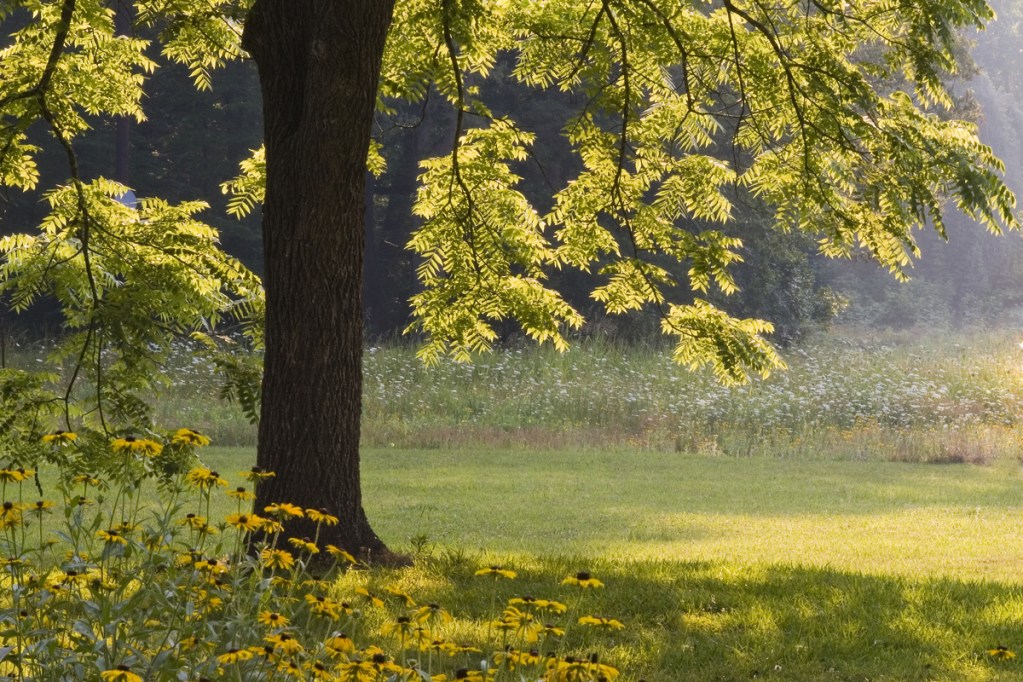
So, what is a climate zone? In the 1960s, the United States Department of Agriculture divided the country into different regions with the Plant Hardiness Zone Map. The gist is relatively straightforward: Scientists used temperature data to split the country into multiple zones based on average annual minimum temperatures. Each area is separated by a difference of 10 degrees Fahrenheit. And in case you were wondering, yes, an individual state can consist of several zones!
Currently, the United States is split up into a total of 13 zones. Climate Zone 1 is the coldest, whereas Climate Zone 13 is the warmest. Check out the USDA’s website to determine your plant hardiness zone — all you have to do is click on where you live or input your ZIP code.
Annuals vs. perennials

The USDA Plant Hardiness Zone Map will give you a broad overview of which perennials are hardy in your region. Let’s break down what this means.
First, hardiness refers to a plant’s ability to withstand adverse conditions — in this case, cold temperatures. Perennials are plants that will survive more than one growing season, whereas annuals will die after a year. Your plant hardiness zone is solely determined by temperature, so also consider your region’s soil, humidity, wind, and rainfall as you choose plants.
Sunset Magazine uses a more sophisticated climate zone map developed for gardeners in the western part of the United States. The map accounts for factors such as growing season length, rainfall, winter lows, summer highs, wind, and humidity.
Select and grow plants for your climate zone

Climate zones are based on temperature because that is a metric that always matters when growing plants. Over winter, perennials will go dormant (since they have different levels of cold hardiness), while annuals will die in freezing conditions. Knowing your specific hardiness zone will allow you to pick out a plant with a better chance of survival in your region. Especially if you are buying plants online, check where they’re hardy to make sure they will survive.
To get a sense of how different the zones are, Zone 1’s average minimum temperature range is between -60° and – 50° F., and Zone 13’s average minimum temperature range is between 60° and 70° F. The former includes parts of Alaska, and the latter encompasses regions in Puerto Rico and Hawaii. Both can pose difficulties for green life.
Climate zones and growing season length
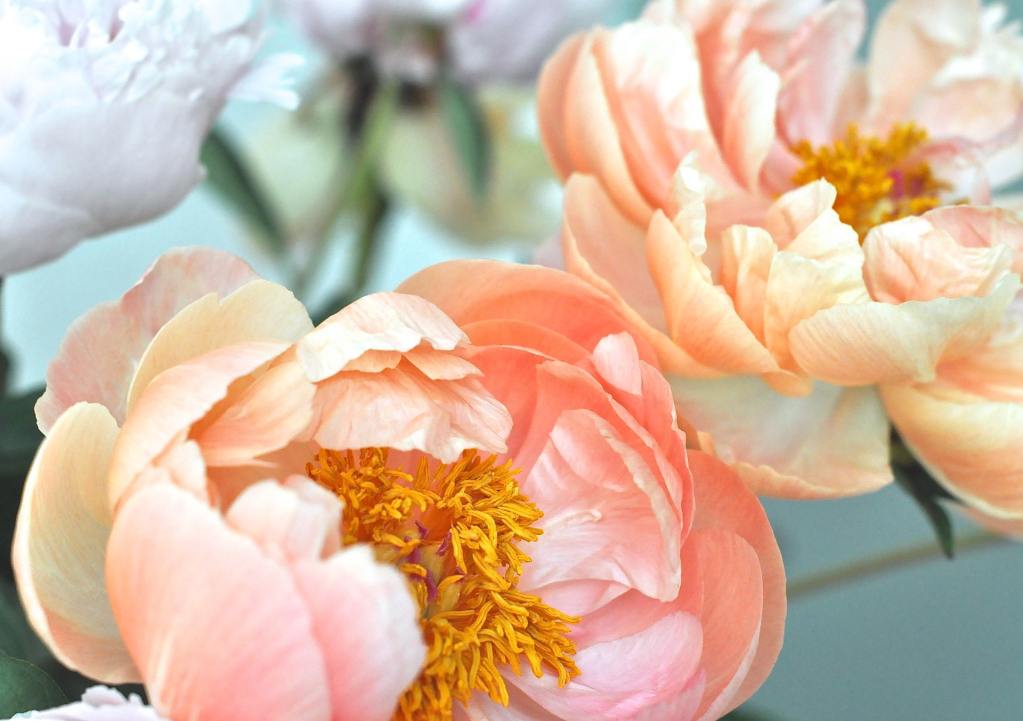
Understanding your climate zone will also help you plan your gardening schedule with ease. In general, the higher the number of your zone, the longer the growing season will be. If you live in an area with a higher number, you’ll likely be able to have one or two extra grow cycles. Gardeners in warmer regions can start vegetable seeds earlier outside. Those who live in colder parts of the country will need to start seeds inside or wait until the final frost.
That said, the cold isn’t necessarily always bad for your foliage. Some fruit-bearing plants will actually require a dormancy period in the winter to grow fruits. In other words, they need a base level of coldness to thrive! The same idea applies to many flower bulbs, such as peonies.
Do other countries have different climate zones?
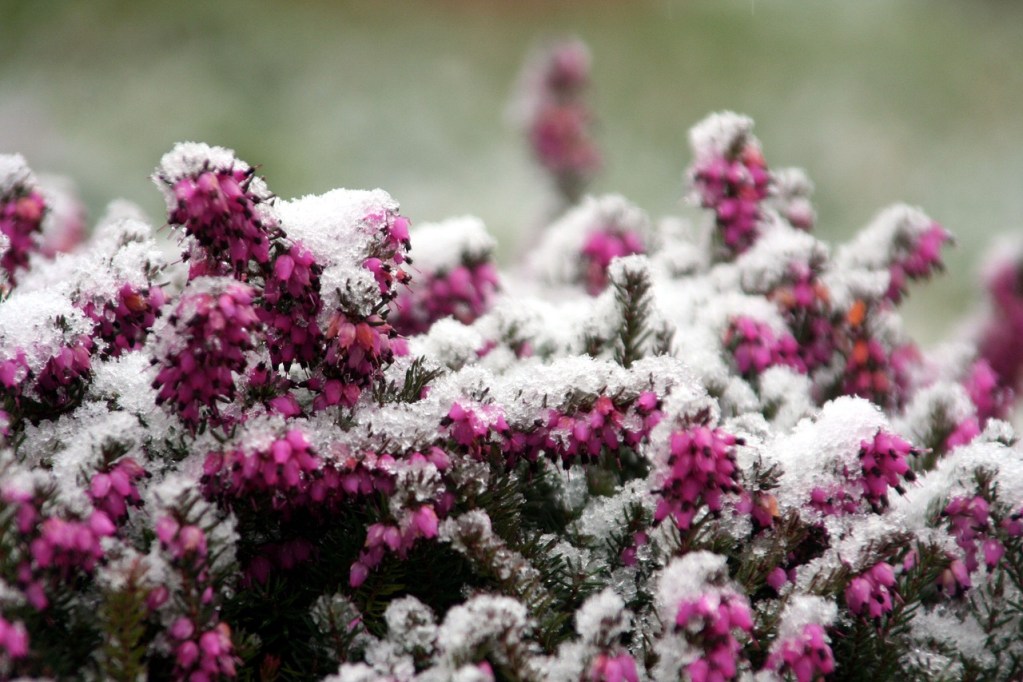
Across the globe, many countries use a similar system to the US to help their gardeners determine which plants can grow in their region. Not every country or region has a map, and not every map is easily available online, but those that are available use a similar method of dividing zones based on the lowest winter temperatures in an area.
Since climates vary quite a bit from country to country, zones don’t always line up with the USDA zones. For example, Zone 1 in the US, Australia, and Japan all have different temperature ranges. If you plan on moving to a new country with your plants, it’s important to check the temperature range of the new zone you’ll be moving into, rather than just relying on the name! If you’re curious about climate zones for plants in other countries, here’s where you can read about the zones in Canada, Australia, and Japan.
Knowing the nuances of your microclimate will help you select the right plants and give them proper care. While the Plant Hardiness Zone Map only provides a broad framework, it is an excellent place to start when planning your garden and planting schedule.


